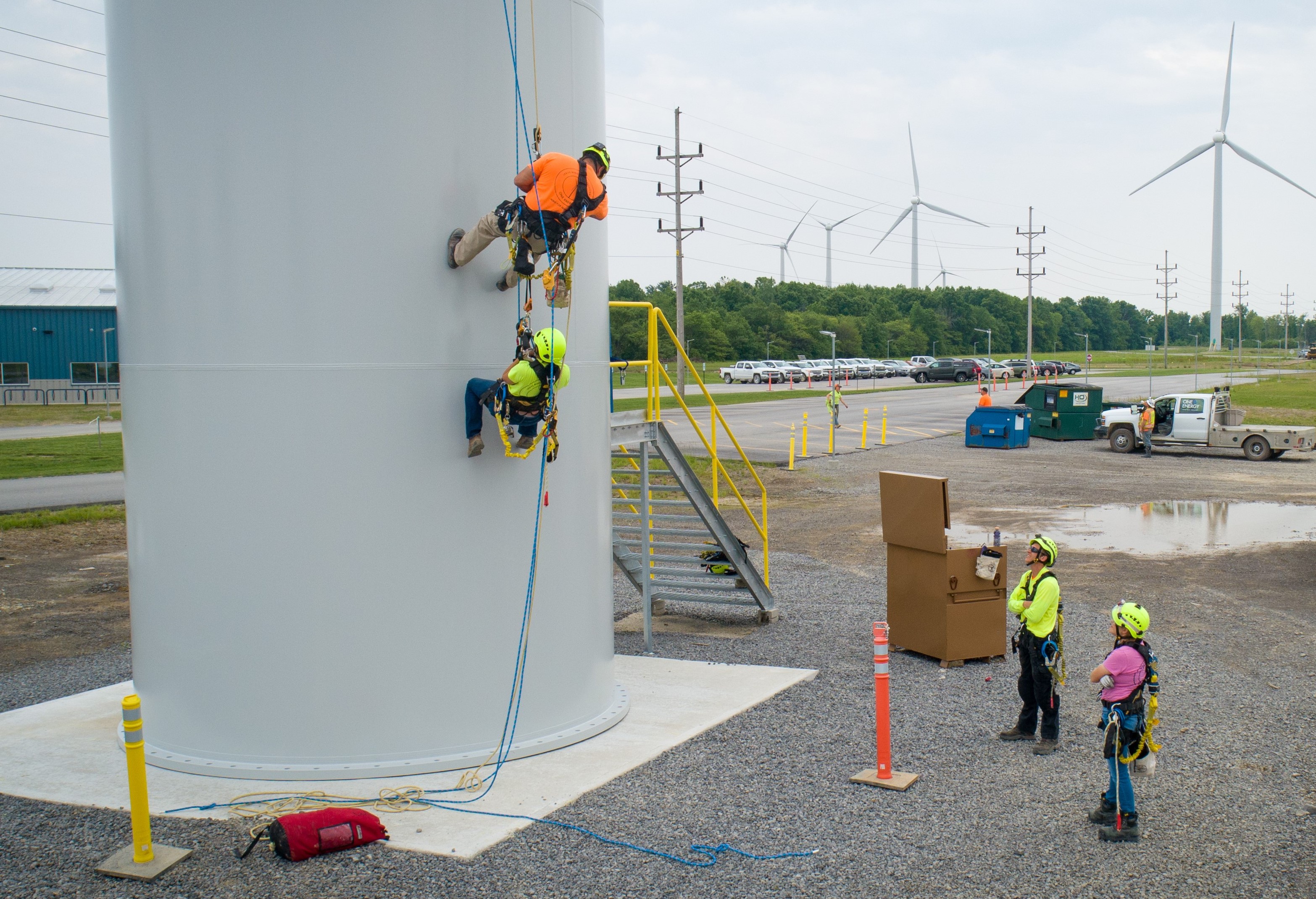SITE PATH
ONE ENERGY FEED

SUBSCRIBE
CONNECT WITH US
News Filters

For Wind Study’s Question 2 of 2021, we needed to use percentages and the concept of wake loss to determine 1) annual net energy production for a Wind for Industry project, and 2) the gross energy production for one specific month – for a single wind turbine and for the project as a whole. (Download the questions here.)
Think you’ve got it figured out? Click here to download this week’s Wind Study answers, and check your work against our calculations!
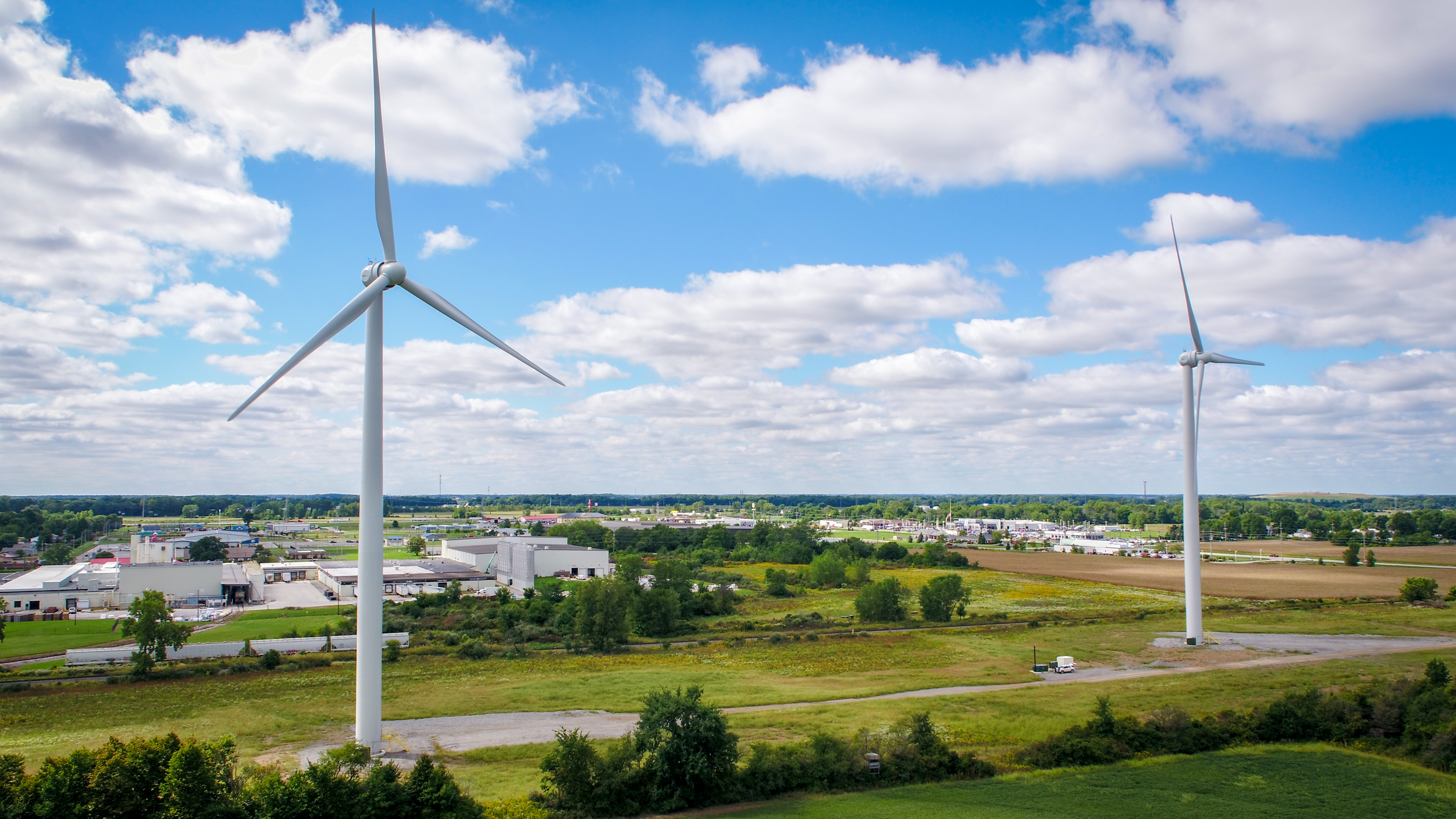

Class of 2021 graduating seniors: scholarship applications are now being accepted for the 2021 Megawatt Scholarship season!
If you’re a high school senior in one of the communities of our Wind for Industry projects, and you plan to pursue a two or four-year degree in a science, technology, engineering, or math (STEM) field – head to the scholarship site to see if you’re eligible to apply!
One Energy and our Wind for Industry customers partner to offer one $5,000 scholarship for each wind turbine at a customer’s facility – for every year the turbine is in operation. To date, more than 50 scholarships have been awarded to outstanding area students – and with 20-year turbine lifetimes, we’re just getting started.
Our Wind for Industry project customers determine the specific application criteria, select the qualified candidates, and award the scholarships to recipients each spring.
In addition to the one-time $5,000 award, recipients are recognized with their names permanently displayed on a turbine at the company’s facility. This scholarship program is a part of One Energy’s commitment to being good corporate citizens and building lasting relationships with our customers, as well as with the communities where we operate.
When you see wind turbines, think scholarships.

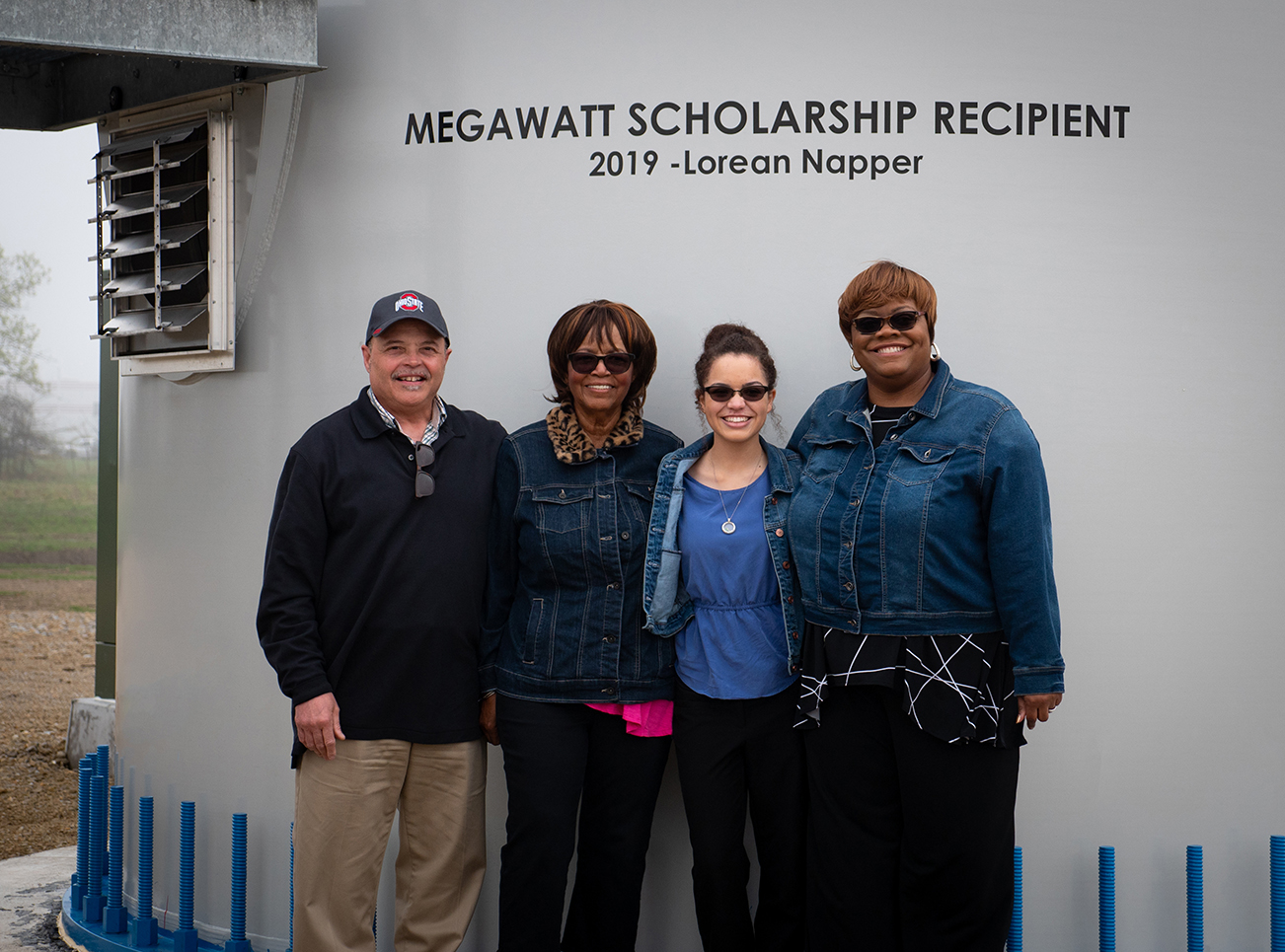
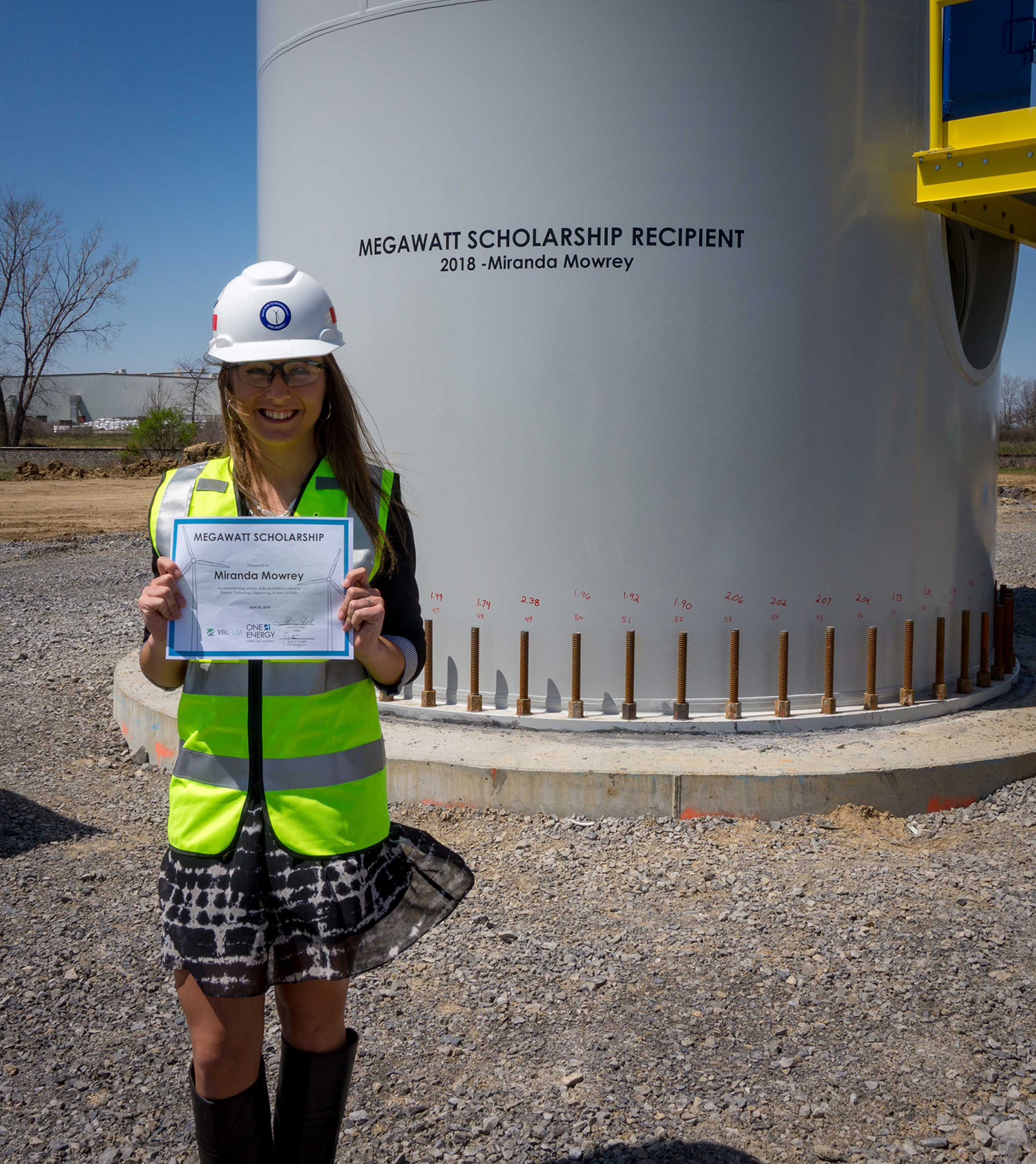
View more photos of past recipients here and contact us to request information flyers to share with your community.
Learn more about Megawatt Scholarships and eligibility here.

Just write the first draft. Then, expect your coworkers to trash it. These are the first two steps my team and I take when producing written communication pieces, and we believe it leads to great results.
Typically, there is far too much group discussion in the abstract stage. Groups are great for theory and horrible for execution. Writing by group is nonsense. After some initial philosophical chat on what the document should be, I have found that the best thing to do is have one person take the first pass on their own.
One thing is certain when the first draft is done: it is not the way everyone else would have done it. This begins the “robust feedback” (trashing) process. If everyone, including the author, is willing to engage candidly in the feedback process, the document can quickly transform and improve. The resulting document is usually better than any one of the team members would have written on their own.
This process is fraught with issues, however, and it has taken time to find what works for us. These are the tricks we’ve learned along the way:
- Don’t fall in love with the first draft.
Know from the beginning that the document is going to be trashed. That does not mean you don’t put in your best effort, but it does mean that you don’t get attached to the document as is. - Have one person own the document.
Someone must be in charge. It may be the highest-ranking person on the team, it may be the technical expert on the topic, or it may be the person with the functional responsibility for the document. Whoever it is, there must be a committee of one who makes the call as the document goes through the iteration process. Teams are great for ideas and horrible for finalization. Individuals finalize things. - Ignore nuance in round one.
People tend to focus on grammar, word choice, and subtleties in the first round. It is a generally a waste of time until the document has been honed. The first draft is often substantially changed, and the nuances that people spent time on become moot. Save grammar and word choice for one or two detail-oriented people at the end. - Vary the sacrificial lamb.
No one likes being the person to write the first draft. But it is a necessary part of the process. Alternating first draft authors not only shares the burden, it also sets the tone. As much as the document evolves, you can almost always see the first draft’s soul live on. It’s good for all team members to know the feeling of having their document trashed. It makes them better when they are editing other peoples’ documents. - Don’t worry about credit.
The glory belongs to the company, not the individual. If everyone can align on that, then the process works great. If people are jockeying for credit, things quickly go awry. Often there is strategic value for the company in deciding who the named author is, and that strategic value should govern. - Be willing to trash your own work.
After you hear other opinions, yours will often evolve. Go with it. - Encourage new team members to go through the process.
Colleges have done a horrible job preparing students to efficiently collaborate. They focus on participation, credit, and “group decision-making skills” (whatever those are supposed to be). In the for-profit world, we need the best result as fast as possible while utilizing as few company resources as possible. As the saying goes, time is money. We are perfectly comfortable using the time of one employee to revise a piece before we spend time on it as a team.
So, as you read this Executive Thought and think about how you would have done it better, that is a good thing. In this case I own this document, so I decided how to get my point across. But, don’t think for a second that we don’t go through the same process I describe above, even on an Executive Thought.
Jereme Kent is the CEO of One Energy.

Wind turbines are very tall and their components are quite heavy – which is why their foundations must be extremely strong.
Different stages from a One Energy wind turbine foundation pour are highlighted in this week’s Wind Views. Concrete is delivered via Telebelt, and members of our Construction Team work to evenly place, spread, and smooth the concrete.
Want to know more about concrete (what it is, how it’s made, etc.)? Check out our Science Shorts video “Concrete vs. Cement.”
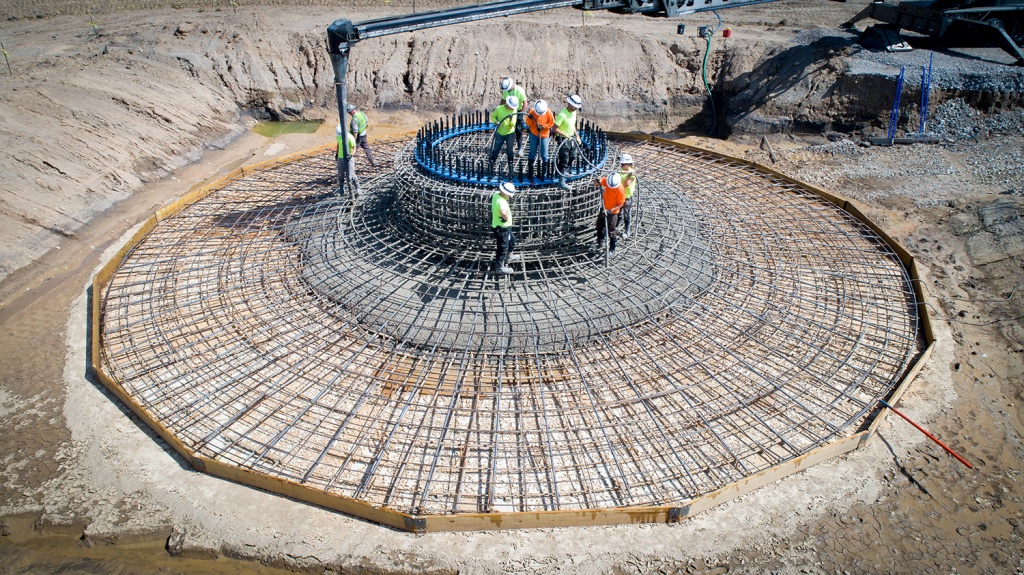
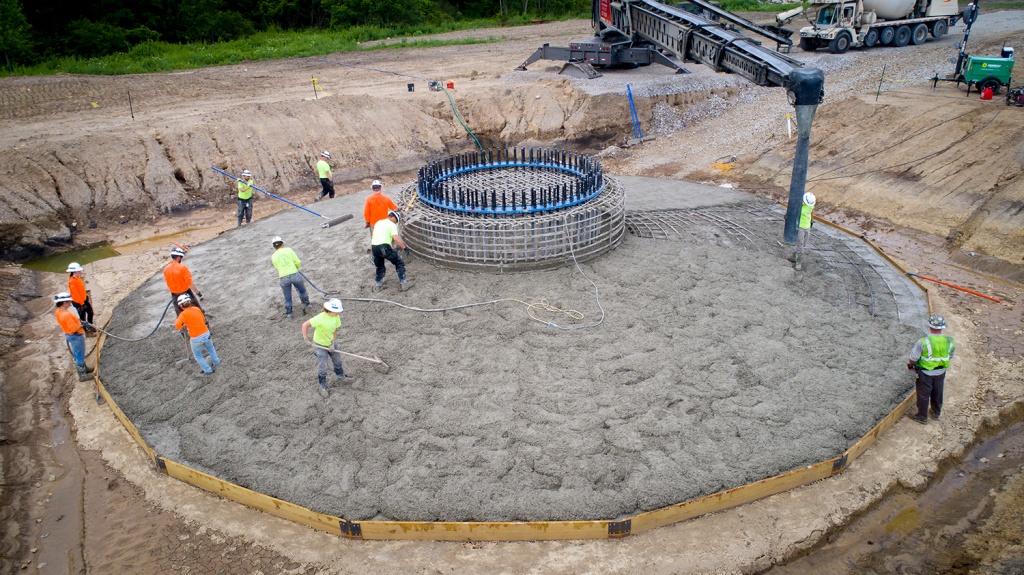
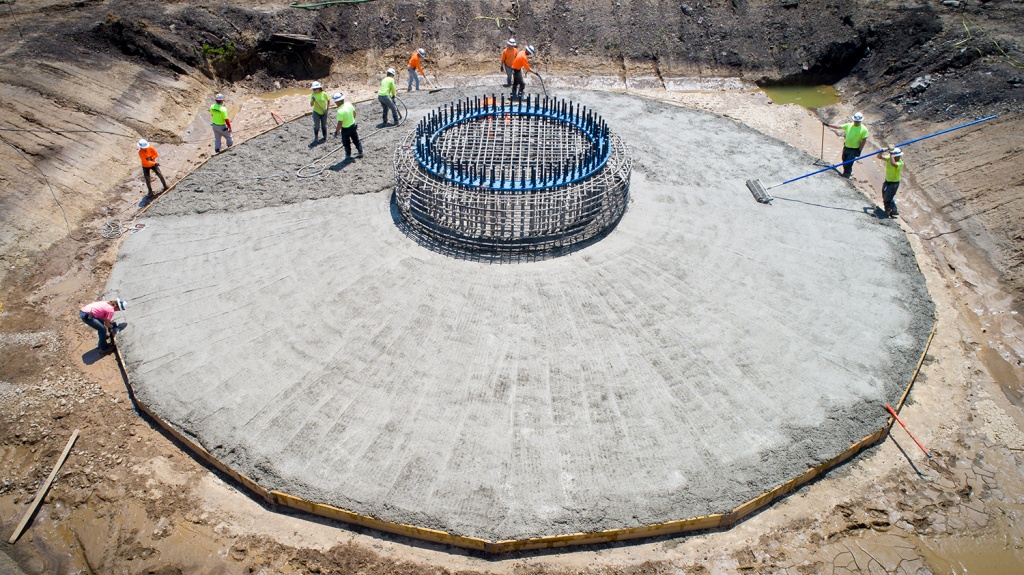

This week’s Wind Study question uses math and percentages to solve two homework problems related to turbine siting, wake loss, and energy production.
We’ll need your help determining estimated energy production values, on both an annual basis and for a particular month. (But don’t worry – this week’s question has all the information you’ll need to calculate these values!)
Download this week’s Wind Study Homework Question (and check back Friday for the answer!) This question can also be found on our Facebook and Twitter accounts.
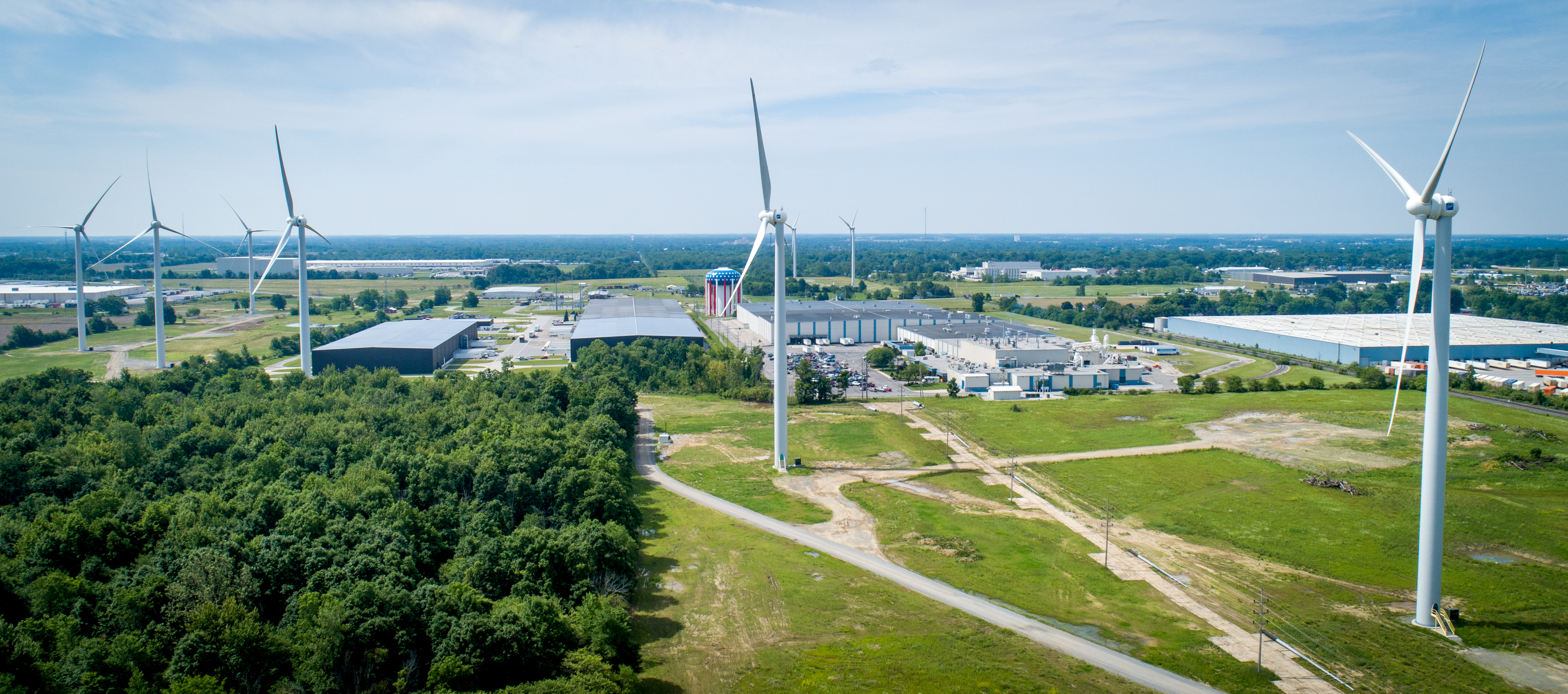

While there’s a common misconception that the materials “concrete” and “cement” are the same, there’s in fact a very big difference between them!
In the latest installment of Science Shorts, Field Engineer Erica explains the difference between concrete and cement. She’ll share details about how concrete is made, and why it matters for wind energy construction. (We’ll give you a hint – One Energy turbine foundations require a LOT of these materials!)
View the video below to understand the difference between cement and concrete, or watch and subscribe via our YouTube channel.
And be sure to share this educational series on Facebook and Instagram!

On Monday, we shared homework questions about the delivery of crucial wind turbine components – specifically, how long it would take for components to arrive, and the speed at which the trucks shipping the components were traveling. (Download the questions here.)
See how you did on this first Wind Study of 2021 – download this week’s Wind Study answers.
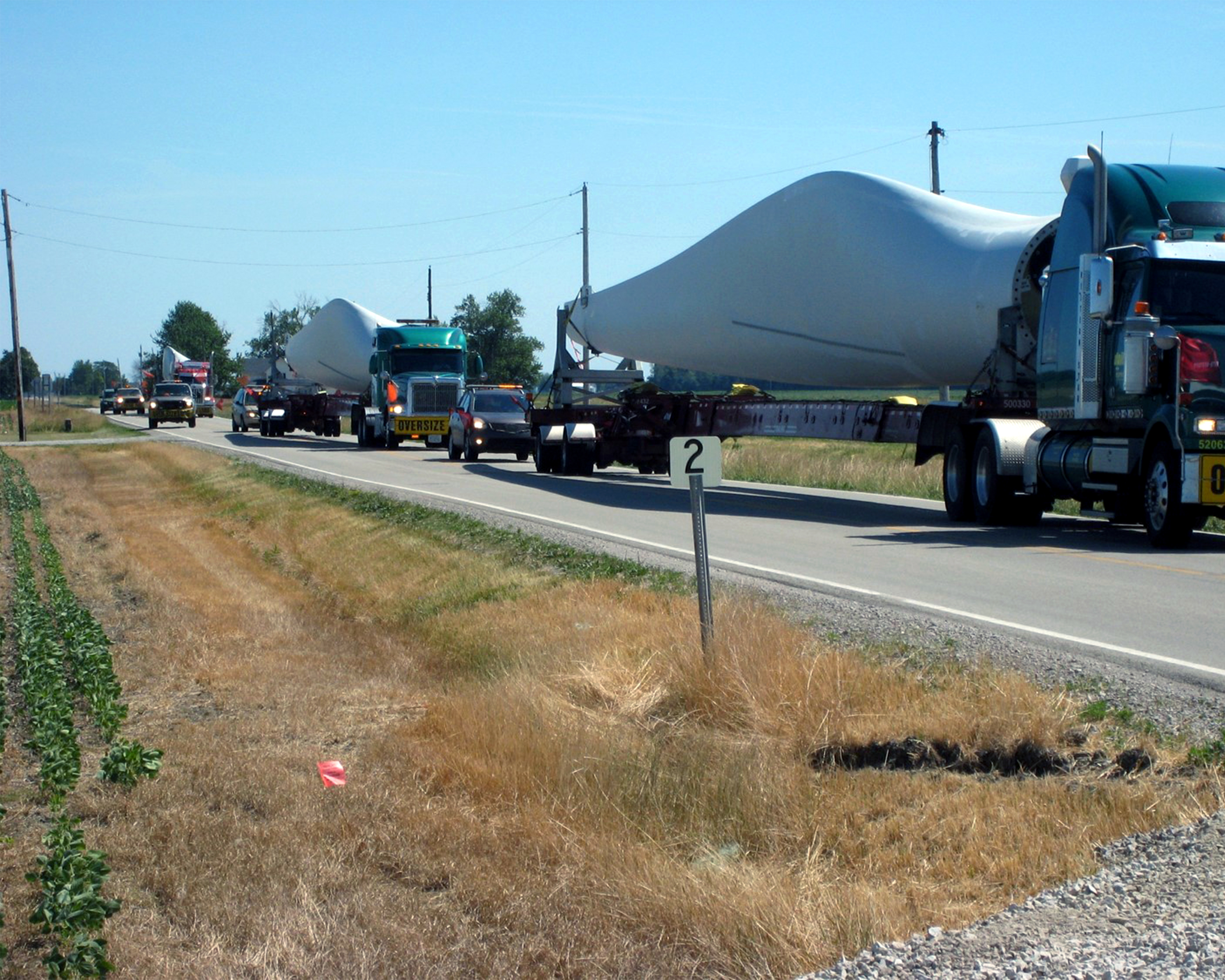

Safety is more than just following the rules. As One Energy CEO Jereme Kent explains, many construction companies experience common safety issues in the field because “it’s the system that’s broken.”
In today’s Safety Minute, Jereme introduces a new series exploring common safety problems in wind energy construction. At One Energy, we believe the first line of safety is engineering controls – and we’ll share how One Energy has put this belief into practice, to address known safety risks before employees head to the field.
In future episodes, we’ll take a deeper dive into the most common safety issues, sharing One Energy’s approach to fixing systems that has failed field teams in the past. Together, we can make the field – and the wind industry – safer from the ground up.
Watch the video below, and be sure to subscribe to our YouTube channel so you don’t miss a minute.

If you have seen One Energy’s office at the North Findlay Wind Campus, you know that much of the wall space is covered in magnets. There are hundreds of One Energy magnets and magnets with our turbine logo, and in the mix you can find individually chosen magnets people picked up somewhere along the way. There’s also a pretty good collection of plastic letters – the kind you use on the kitchen refrigerator to teach little kids the alphabet.
In the mix of random letters, you’ll find the occasional word or phrase someone has put together. For example, one refrigerator in the kitchen says “snacks” and one says “dranks” – I assume because no one searched hard enough to find an “i”! And it’s entirely possible there’s a word or two that you wouldn’t want to be teaching your little kids on your own kitchen refrigerator – but hey, it’s One Energy.
The other day, I collected the letters I needed to put “WE COUNT” on the front of my desk. As Head of Accounting, that seemed appropriate. Someone asked if the double meaning was intentional – YES, of course it was! We’re in the Accounting Department where we count stuff all the time. But also, what we do counts. Our work matters in the grand scheme of operating a business, both in terms of compiling information that tells the story of where we have been, and of using that information to create a vision of where we want to be and the path we can use to get there. And in most cases, the compilation of that information is critical to the ability to obtain the financing needed to travel that path and to achieve those goals. In other words, counting counts!
In a building filled with magnetic walls, I can easily use magnets to remind my team of how valuable they are. In fact, I was able to find some very appropriate ones to give out during the holidays. While I hope they already know how important they are, the visual reminder certainly helps – and I hope it makes them smile of even laugh out loud in the midst of a challenging day.
It’s important to make the most of our opportunities to let people know they matter. Recently, I lost my aunt to complications of a brain tumor. I was fortunate to have the chance to tell her in recent weeks how influential she had been in my life, how much she mattered to me and to my kids. I let her know that she counts – then, now, and always. While relationships with my team members are of course different from those with family, the same idea applies.
We have all had influential people in our lives who have encouraged and supported us on our journey. People who taught us, mentored us, and acted as our role models. People who challenged us and inspired us. People who contributed to the core of who we are, what we do, and how we do it. Take a moment – while the moment is still available – to tell them that they count.
Anne Bain is the Head of Accounting at One Energy.

At One Energy, safety and quality are always first, and our teams complete a variety of training – from Tower Rescue to Advanced EMT to OSHA and more.
But how does one prepare for a rescue scenario that could take place 205 feet in the air?
The answer is training – and lots of it! One Energy’s technicians complete a rigorous Tower Rescue Training program, so that they are prepared for anything that could happen up tower.
The One Energy team has helped author wind turbine tower rescue programs for some of the industry’s largest companies and has trained contractors, technicians, and fire departments around the country in wind turbine tower rescue.
This week’s Wind View is a behind-the-scenes look at a Tower Rescue Training exercise, with two participants descending from our in-house training tower, located at OE headquarters in Findlay, Ohio.
